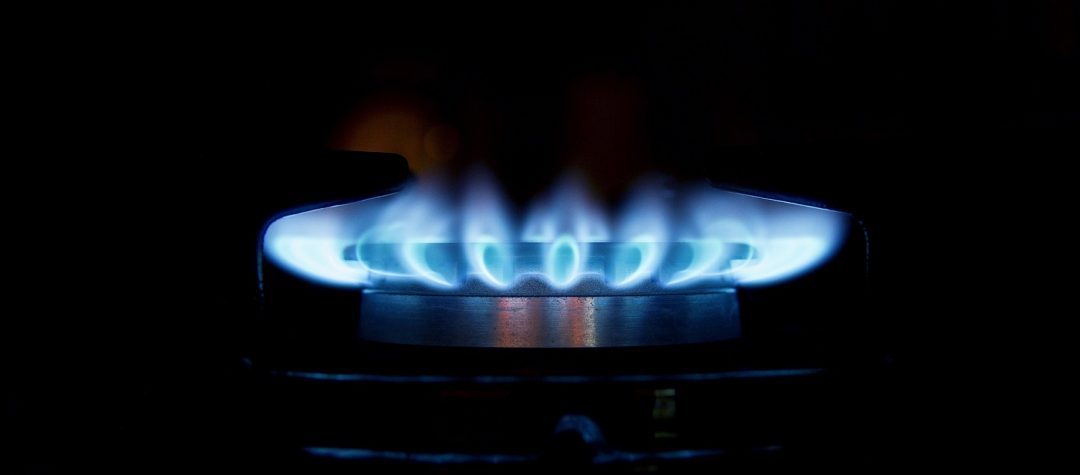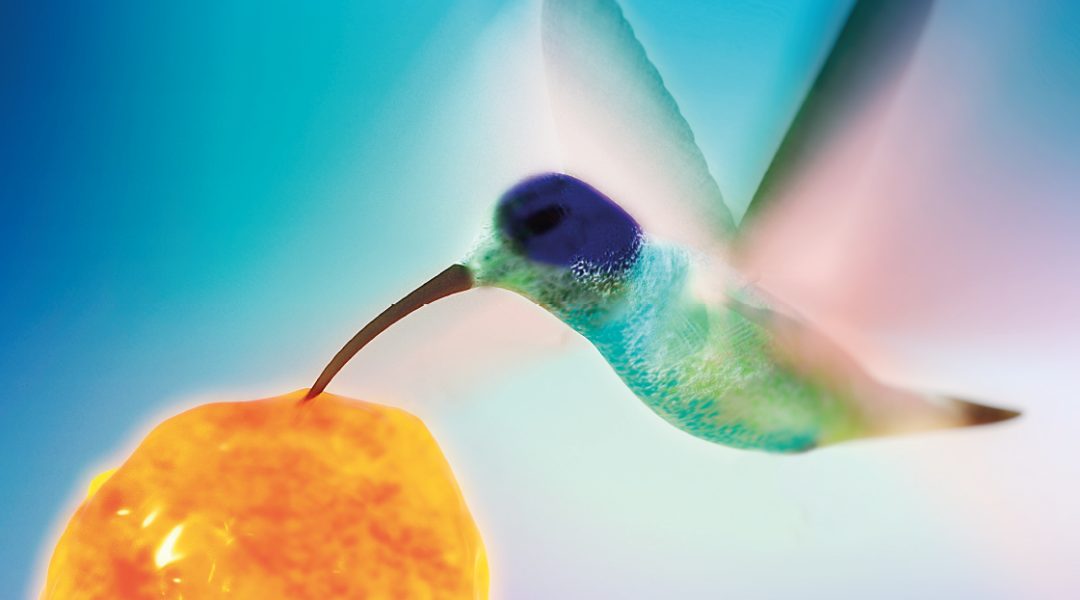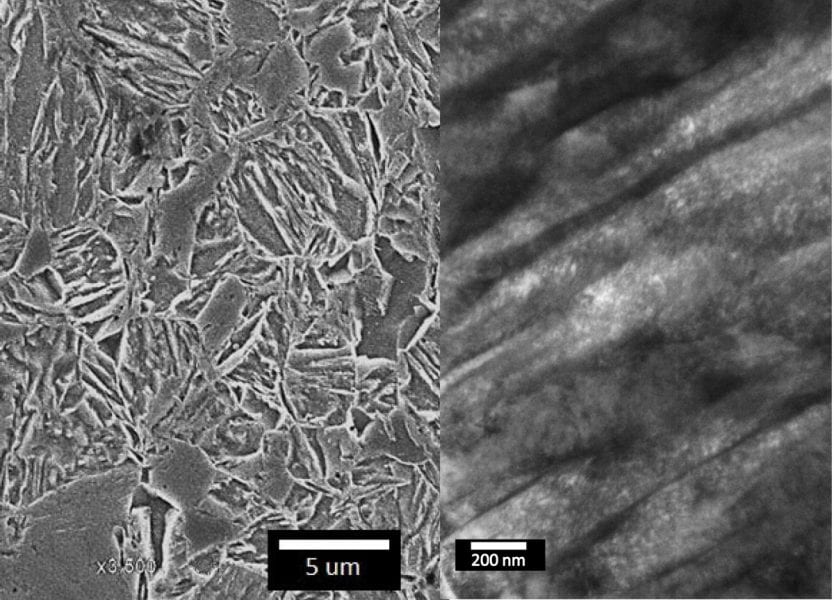A novel polymer membrane removes impurities from natural gas without the need for toxic solvents.


A novel polymer membrane removes impurities from natural gas without the need for toxic solvents.

Understanding the interactions, permeability, and partitioning of drug delivery systems in ocular tissues can improve the drug retention time and bioavailability.

Wearable mercury sensors will radically change the field of food and water analysis.
If scientists’ dreams came true, everyday items such as mobile devices, clothing and vehicles would be equipped with flexible solar cells.

Nanoprobe-based methods can sample the content of a single living cell without affecting its viability.
![Nanostructured Water Treatment Membranes Based on Thermotropic Liquid Crystals [Video]](https://www.advancedsciencenews.com/wp-content/uploads/2018/02/advs20170405_ASN_image.png)
A team of researchers design sub-nanoporous, selective membranes for water treatment using self-assembled liquid crystal (LC) monomers. The membranes show salt rejection ability, ion selectivity, and excellent water permeability.

A team of researchers found an innovative way of curing ham by using plasma-treated water as an alternative to chemical curing solutions.

Suzana P. Nunes, Klaus-Viktor Peinemann, and co-workers from the King Abdullah University of Science and Technology in Saudi Arabia describe a selective membrane with functionalized nanochannels formed by self-assembly of a hydrophobic block copolymer for nanofiltration applications.

What it will take to stabilize global temperature below 2°C above pre-industrial levels? A new review article by Adrien Vogt-Schilb and Stephane Hallegatte discusses two potential solutions.

Electrochemical permeation experiments are used to investigate hydrogen diffusivity and trapping characteristics in different grades of MS-AHSS steel.